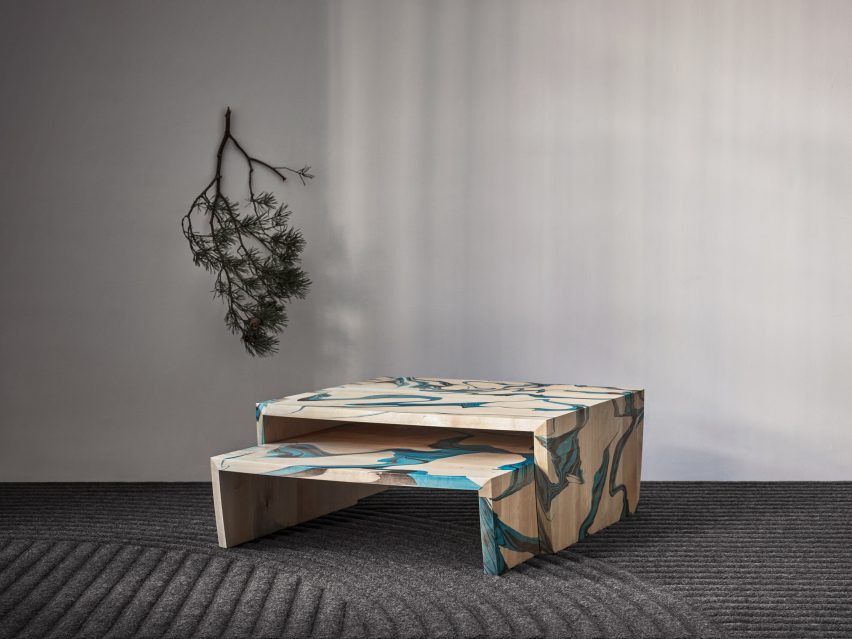
Ringvide uses paper-colouring technique to create marbled-wood furniture
Swedish home furniture producer Ringvide has made a assortment of wooden home furniture that is patterned with a marbling colour technique generally used on paper.
Visby-based Ringvide employed the suminagashi marbling procedure to make swirling designs on its wooden tables. The Japanese method is typically utilized on paper, but Ringvide has produced a way to alternatively imprint the colour on wooden.
“Stumbling across a ebook about paper marbling, the idea of earning it on wood furnishings soon commenced to mature,” Ringvide co-founder Lukas Dahlén told Dezeen.

The studio utilised h2o-centered ink as well as raw colour pigments, which ended up combined with h2o to create the patterns.
“When a drop of ink is carefully set on to a water floor the variation in floor stress will unfold the ink about the surface area,” Dahlén reported. “When this is done repeatedly, the color will finally include the whole floor.”
“Various the way the colour is utilized to the floor alongside one another with diverse means of disrupting the surface will make distinct styles, some more simply managed than other people,” he added.
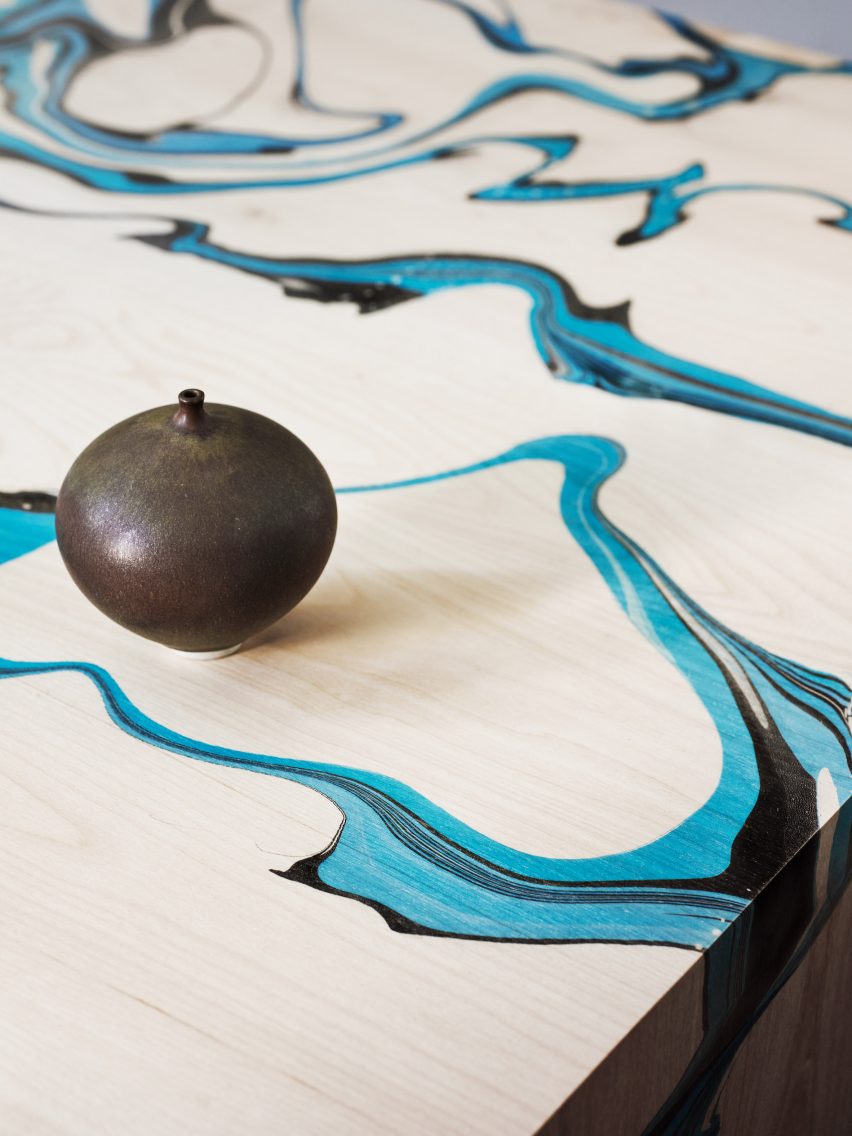
When the color, which is cobalt and cadmium-cost-free, has been additional to the drinking water, the studio dipped the completely-assembled home furnishings into the h2o to make certain that the sample wrapped around its corners and sides.
Carrageena, a biopolymer extracted from algae, was added to the h2o to make it thicker and a lot easier to produce styles.
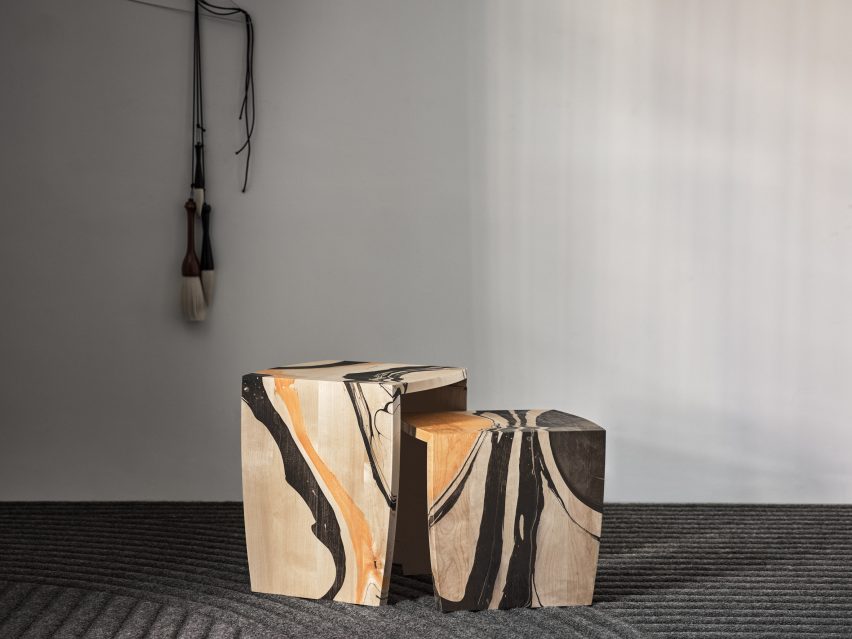
The drinking water-dependent ink has an acrylic binding that will make it adhere to the area of the birch tables, producing patterns that differ from piece to piece.
“The ink is absorbed into the dry wood, performing like a stain, colouring the wood on the depth,” Dahlén reported. “The wood is finished with oil and wax to encapsulate and safeguard the colour.”
The studio has experimented with different colours and says fairly significantly any color can be utilised.
“Most of the marble layouts we have made so considerably strive to preserve a whole lot of the wood to gently insert one thing to it,” Dahlén said. “But we are doing the job on additional daring styles.”
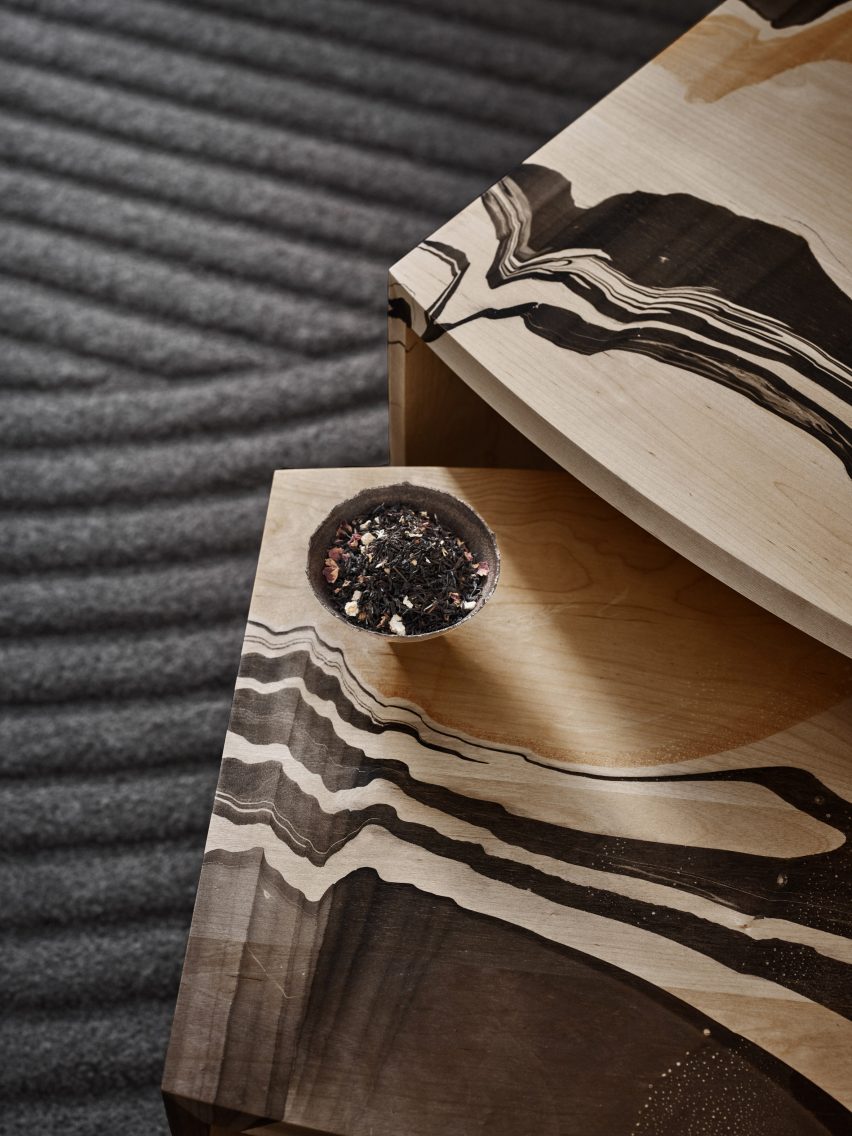
The plan powering the design and style came from Dahlén’s fascination in unique kinds of marbling.
“I have been interested in marbling tactics in oil tempera,” he explained.
“Ordinarily these procedures have been used to imitate a extra pricey type of wooden or different varieties of stone that have been out of achieve bodily or economically.”
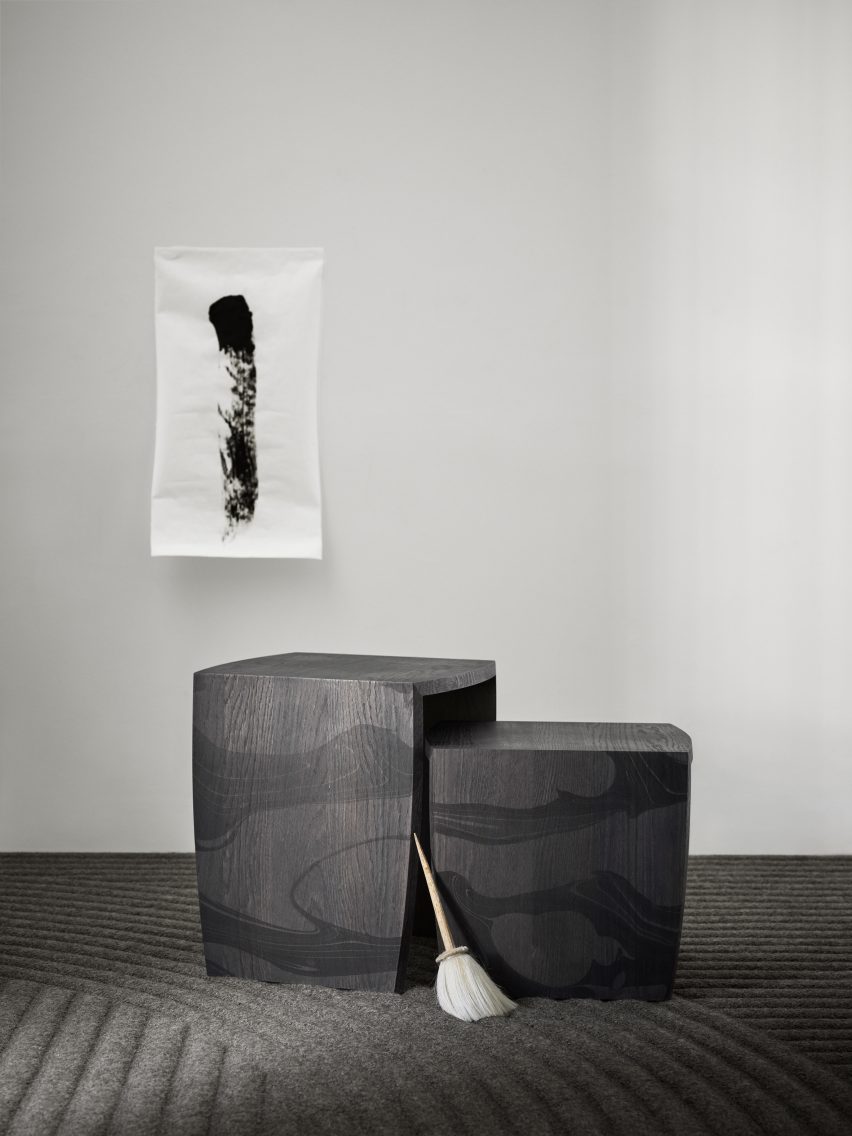
“In Stockholm, you can generally be amazed by ornamented phony stone partitions in staircases for example,” he included.
“But it can also be discovered on furniture, most typically in churches. The pressure among faux and authentic fascinates me.”
Marbling effects are generally utilised to develop eye-catching models. Former designers to attract on the method include British designer Tom Dixon, who designed his colourful Swirl collection from a “mysterious” material and vogue model Forte Forte, which clad 1 of its merchants in marbled onyx.
The pictures is by Fredrik Sweger.